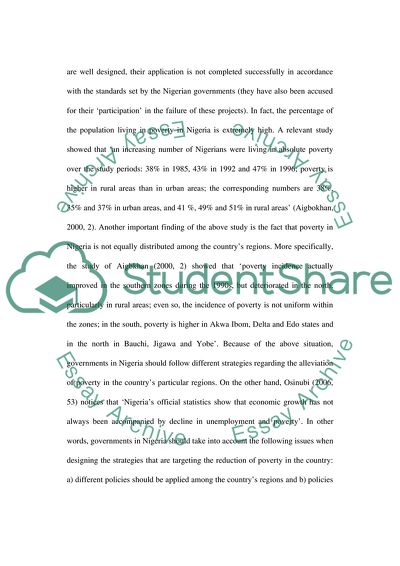Cite this document
(Poverty over the Last 15-25 Years in Nigeria Case Study, n.d.)
Poverty over the Last 15-25 Years in Nigeria Case Study. Retrieved from https://studentshare.org/social-science/1709770-poverty-reduction-in-nigeria-over-the-last-15-25-years
Poverty over the Last 15-25 Years in Nigeria Case Study. Retrieved from https://studentshare.org/social-science/1709770-poverty-reduction-in-nigeria-over-the-last-15-25-years
(Poverty over the Last 15-25 Years in Nigeria Case Study)
Poverty over the Last 15-25 Years in Nigeria Case Study. https://studentshare.org/social-science/1709770-poverty-reduction-in-nigeria-over-the-last-15-25-years.
Poverty over the Last 15-25 Years in Nigeria Case Study. https://studentshare.org/social-science/1709770-poverty-reduction-in-nigeria-over-the-last-15-25-years.
“Poverty over the Last 15-25 Years in Nigeria Case Study”. https://studentshare.org/social-science/1709770-poverty-reduction-in-nigeria-over-the-last-15-25-years.


